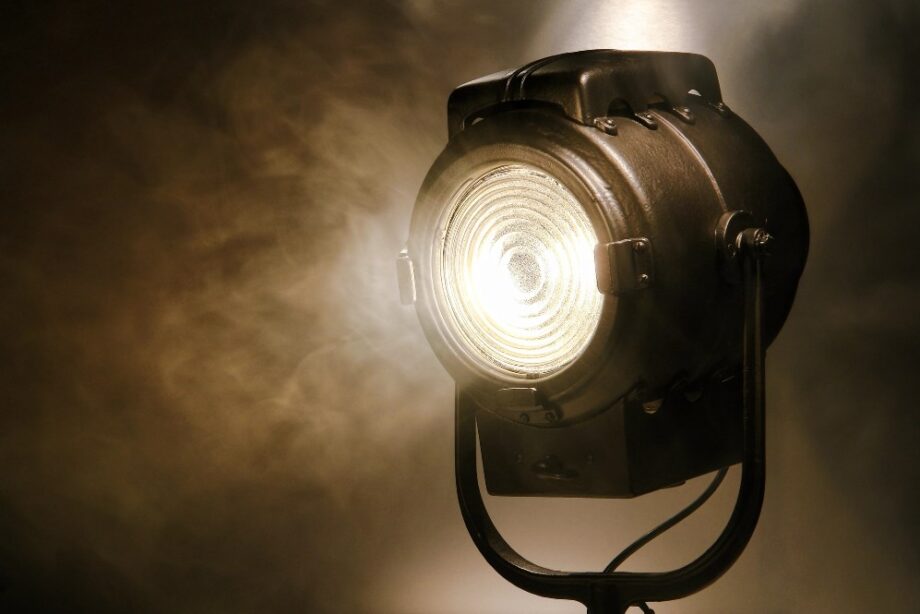Okay, calm down. I’ll tell you. A lot of people are instilling fear that your body is broken to get you to click on links. So, what we’re going to do now is take a stroll through g-spot history, understand what people used to think, what they are thinking now, and what it all means for you. Ready? Here we go:
Thank you, Freud
We’ll keep this simple and start at the father of psychoanalysis, Sigmund Freud. In 1905 Freud distinguished between clitoral and vaginal orgasms. Freud classified clitoral orgasms as "immature" and something that women would grow out of and then arrive at the sexually healthy vaginal orgasm. This established the idea that an orgasm that comes from internal stimulation is somehow "superior" and something to be coveted thus setting women up to spend eternity convinced they were getting off incorrectly.What Up, G?
Cut to 1950: a urologist by the name of Ernst Grafenberg wrote a paper titled "The Role of the Urethra in the Female Orgasm". At a time when science found the female orgasm puzzling at best, Grafenberg called everyone’s attention to a patch of erectile tissue in the front of the vagina near the pubic bone. He noticed that his patients seemed to respond to this patch being touched.While the term "G-spot" is a reference to Grafenberg’s name, it didn’t appear in print until 1981. At that time, it was referenced in the Journal of Sex Research as part of a study on female ejaculation conducted by Beverly Whipple and John Perry.
Okay, your g-spot history lesson is over.
So, Why’s It Such a Big Deal?
I’m going to give you some tough love, folks. The g-spot is a big deal because we, as humans, tend to be goal oriented and competitive. We want to prove that we are doing and having the best. Ever since Freud pronounced that "vaginal" orgasms were somehow better and then Grafenberg announced he had isolated a spot from which vaginal orgasms originated, people have been on a quest to master that spot. People who haven’t found it have stressed over it. People who have found it proclaimed its majesty. People who know about the g-spot have made a lot of money telling others about it.In the meantime, many of you probably haven’t found it and maybe think that you're failing at sex or that you are broken. Well, hold onto your hats. I’m about to drop some more knowledge. First, I want to go back to that thing that started this discussion:
What Is Making Everyone Say It Doesn’t Exist?
Here’s how this subject started: An Italian study came out and discussed the clitourethrovaginal (CUV) complex - the area encompassing the clitoris, the vagina, and the urethra - as a great source of orgasmic pleasure. It calls for recognizing this group of sensitive areas as the key to the orgasmic process rather than focusing in on one point.So, game over, right? The g-spot isn't a thing?
Not so fast. While that’s what a lot of literature written about this subject would lead you to believe, that’s not what this study says at all. The existence of lots of sensitive areas doesn’t negate the existence of the g-spot.
In my favorite part, the study recognized that "Compared to the male erogenous zones, it is much more variable and complex, and also varies from woman to woman depending on the hormonal cycle." Damn straight. Naughty bits are complicated and they are not the same on everyone.
So, Does the G-spot Exist or Not?
Well, kind of...but we should probably change the way we think about it.What this particular study actually tells us is that instead of frantically hunting for this one spot as the key to pleasure, we should notice that there are places in the whole genital region that trigger pleasure. As someone whose orgasms are just as likely to be triggered from perineal sponge or urethral stimulation as with clitoral stimulation, I often call that whole area the Mass of Goodness. Additionally, it points out that bodies vary from person to person. This makes the idea of hunting for one little spot seem a bit overwhelming.
I’m not saying you should give up your g-spot hunting if you’re into it. I’m just saying know that there’s not just this one spot. There’s so much potential for pleasure. Make sure that you explore it all!
Why Are All of Those Headlines Yelling about It?
Short answer: to make you click on things.Long answer: The people behind the study mentioned that they wanted to put to rest the idea of the g-spot. In actuality, what the study disproves is the idea that there is only one spot and it presents a new name for the erogenous zone. The CUV region invites us to think beyond a single "spot" and explore all the orgasmic possibilities. Yet, writing a headline in that manner isn't nearly as fun to yell about, now is it?




